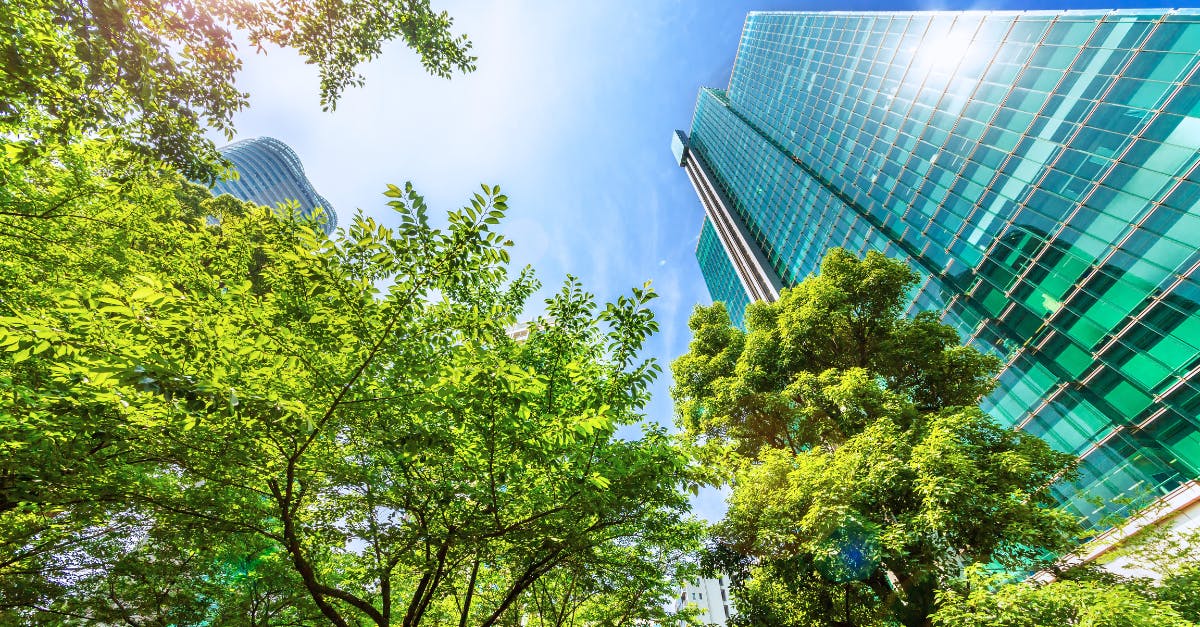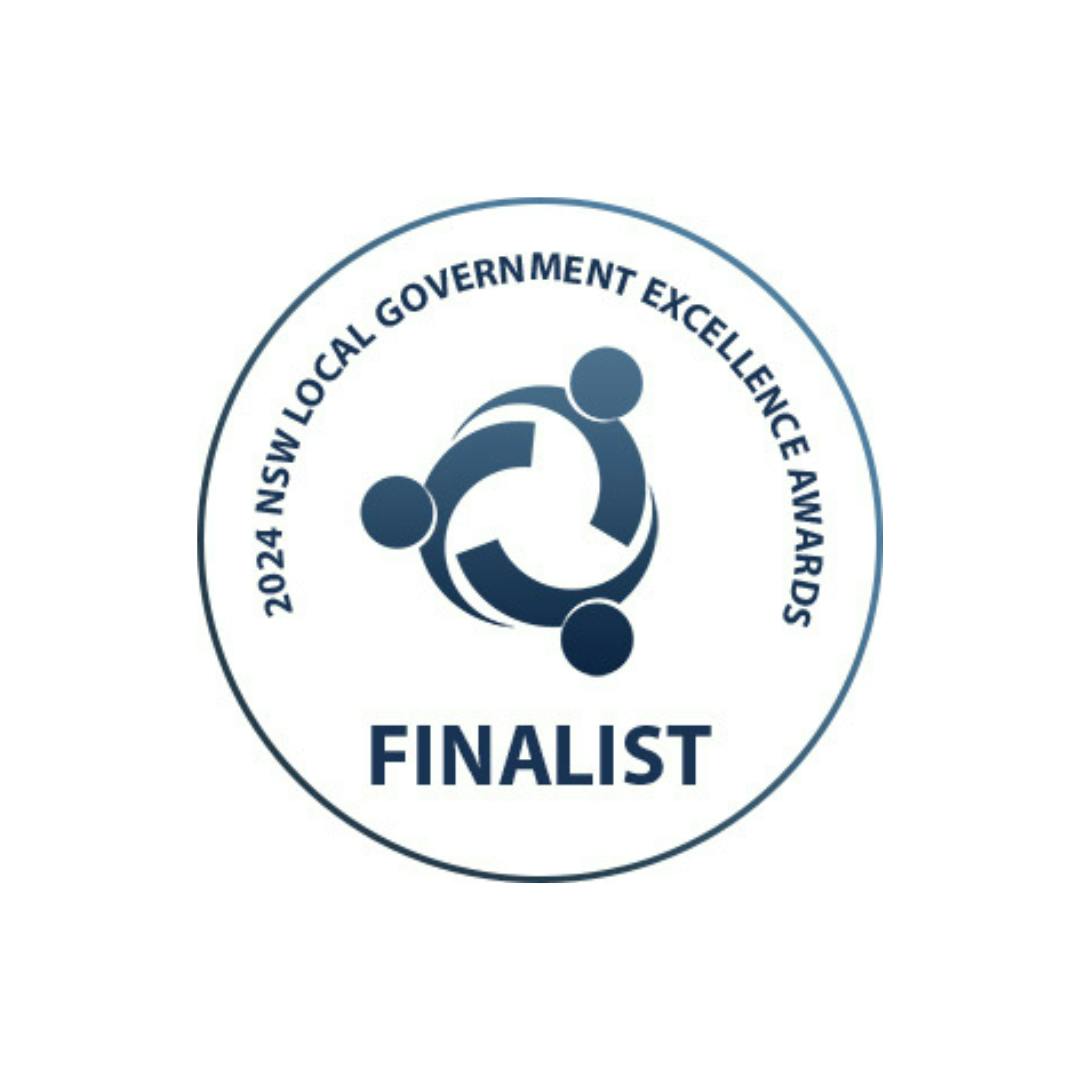
Nurturing Nature in Cities: The Role of Urban Forest Strategies
Written by
Dr Jenni Garden, Principal Consultant, Ecology and Liveable Cities Lead
In the concrete jungle of modern cities, it's easy to forget the vital role nature plays in our lives. However, urban forests are bringing back the critical green touch to metropolitan landscapes, offering a multitude of benefits for people and the environment.
Urban forest strategies are essential tools for creating liveable, resilient, and environmentally sustainable cities.
Through careful planning, community engagement, and proactive management, cities can harness the myriad benefits of urban forests, enhancing the quality of life for all residents. Let's delve into the what, where, why, and how of urban forest strategies, exploring their significance and the process behind their development.
What are Urban Forest Strategies?
Urban forest strategies are comprehensive plans designed to manage, maintain, and enhance tree cover and green spaces within urban areas.
They often follow a similar format, which usually starts with defining what is meant by the “urban forest” (e.g. may be all vegetation, or sometimes is just focussed on urban trees), setting the scene relating to the historical and current urban forest, as well as outlining why the urban forest is important, and the key challenges and opportunities for protecting and growing the urban forest.
Next is clearly defining the future vision for the urban forest, and finally, establishing a set of Aims/objectives and actions, required to achieve the future vision.
These strategies often involve collaboration between local governments, community groups, environmental organisations, and urban planners.
We integrate key sustainability services across Buildings and Precincts, Infrastructure and Liveable Cities to tackle the built environment’s biggest challenges. Learn more about our Built Environment services here.
Why are Urban Forests Important?
Urban forests offer a huge range of benefits to society, the environment, and local economies. For example, such benefits may include, though are not limited to:
- Social benefits: Easy and equitable access to urban trees and urban green spaces has been linked to improved mental health, reduced stress levels, increased physical activity, and greater community connectedness. Urban forests offer residents opportunities for recreation, relaxation, and connection with nature.
- Environmental benefits: Urban forests act as natural air purifiers, absorbing carbon dioxide and other pollutants while releasing oxygen. They also help mitigate the urban heat island effect by providing shade and cooling the surrounding areas. Furthermore, Trees and green spaces in urban areas provide habitats for various plant and animal species, contributing to urban biodiversity and ecological balance. Well-managed urban forests can enhance a city's resilience to climate change by reducing the risk of flooding, soil erosion, and extreme temperatures.
- Economic benefits: Urban forests help to boost property values through aesthetic appeal and enhanced desirability of neighbourhoods. They also reduce infrastructure maintenance costs by mitigating stormwater runoff and providing natural cooling, thereby lowering expenses for cities. Furthermore, cool and green cities attract increased tourism and can stimulate consumer spending as at businesses in areas with abundant greenery.
How to Develop Urban Forest Strategies?
When seeking to develop an Urban Forest Strategy, a number of elements should be considered.
- Assessment and Inventory: The old adage that “you can’t manage what you don’t understand” holds true for planning and managing urban forests. An important step then for developing a clear vision and targets, is establishing a solid evidence-based baseline. This should include, as a minimum, understanding: land (and canopy) cover and drivers of land cover change; urban heat islands and their drivers; social vulnerability patterns; distribution of trees and green spaces; and, existing trees and green spaces, including their location, health, species diversity, and useful life expectancy.
- Community Engagement: Involve residents, businesses, and community groups in the planning process. Gather feedback, suggestions, and concerns to ensure the strategy reflects the needs and priorities of the community. As well as building stewardship for the urban forest amongst the community, this is also a wonderful way to raise awareness and understanding about the urban forest and its benefits.
- Setting Goals and Targets: Establish clear goals and evidence-based targets for tree canopy cover, tree planting, and maintenance. These goals should be realistic, measurable, and aligned with broader environmental and sustainability objectives. Developing goals and targets should be based on the outputs from the previous two steps (i.e. assessment and inventory, and community engagement), and should be prioritised to by those actions able to provide the most immediate or greatest benefits.
Supporting Elements:
The following elements are important to develop to support implementation of the Urban Forest Strategy.
They are separated out here, as they sometimes will form part of the Urban Forest Strategy, though often will be developed as stand-along supporting documents to the Urban Forest Strategy,
- Implementation Plan: Develop a detailed implementation plan outlining specific actions, timelines, responsibilities, and resources required to achieve the goals set forth in the strategy. This is important for ensuring accountability and for being able to track progress.
- Monitoring and Evaluation: Regularly monitor progress towards the goals and evaluate the effectiveness of implemented actions. Adapt the strategy as needed based on monitoring results and changing circumstances.
Case study: City of Ryde's Urban Forest Strategy
The City of Ryde, located in New South Wales, Australia, has embarked on an ambitious journey to enhance its urban forest.
Edge Impact helped the City of Ryde to develop their first Urban Forest Strategy, which was formally adopted in April 2023.
The Strategy outlines the City’s understanding of their urban forest, establishes their vision for the future, and defines their approach to managing and expanding their tree canopy cover.

Importantly, Ryde’s Urban Forest Strategy is based on a transparent and sound evidence-base, including application of two Edge tools the Tree Planting Predictor® and the Street Tree Prioritiser. This evidence-base builds confidence and support within Council and their community for the objectives and actions outlined in the Strategy, and is also critical for successful advocation for increased resourcing as may be required to realise the Strategy’s Vision.
By implementing the Urban Forest Strategy, the City of Ryde aims to create a greener, healthier, and more sustainable urban environment for current and future generations.
Ryde’s Urban Forest Strategy is also an award-winning Strategy, having been awarded a "Highly Commended" in the “Innovation in Planning, Policies, and Decision Making” category of the 2023 Local Government NSW Excellence in the Environment Awards.
The Strategy is again nominated as a finalist in this year's 2024 Local Government NSW Excellence in the Environment Awards, this time under the 'Environmental Leadership' category.
For assistance with your urban greening journey, generating technical evidence, or crafting your own Urban Greening/Forest Strategy, contact Dr. Jenni Garden, Edge's Ecology and Liveable Cities Lead, at jenni.garden@edgeimpact.global
What we do
As experts in the full spectrum of sustainability topics, we are here to guide you through the complexity. Our team includes specialists from across the globe; from strategists to economists, engineers to creatives. Since 2008, we have been helping businesses, organisations, industries and societies make transformation happen.
Our areas of expertise are focussed around the following areas:
Leadership and Transformation
ESG and Strategy
Decarbonisation and Climate Resilience
Circular Economy and Lifecycle Thinking
Procurement and Supply Chain
Nature and Biodiversity
Brand, Communications and Creative




